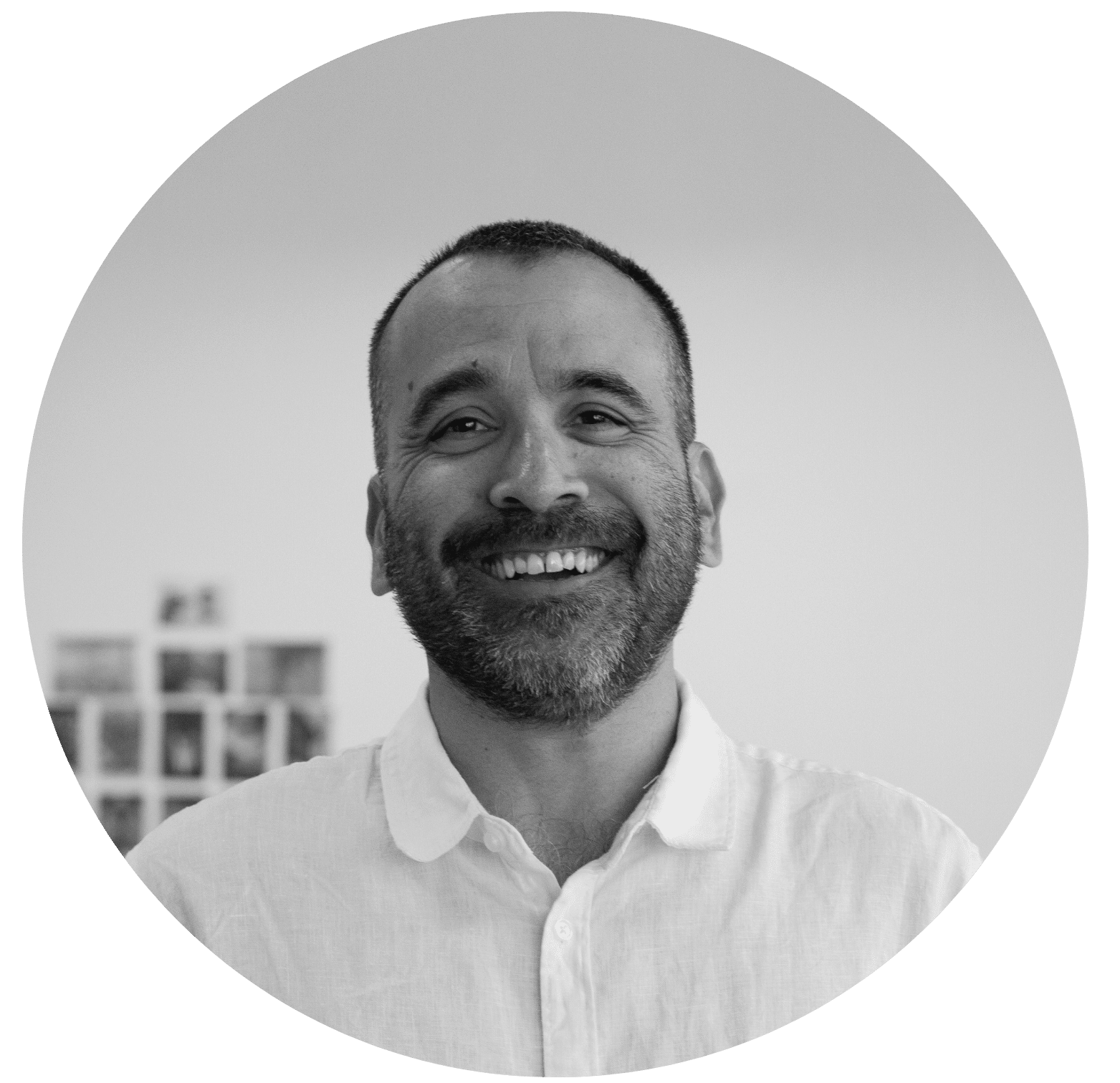
Explorers of Lawaiʻa Travelling Exhibit designed by formula D_ for INPEACE – Institute for Native Pacific Education and Culture
Let’s be real: the world sometimes feels a bit fractured. Cultural division, political division, polarising societies, fear of “the other”. It’s everywhere. And while most of us aren’t personally picking fights on X, many of us are passively absorbing ideas that reinforce separation rather than connection.
Here’s a question: What if we’re teaching this separation without even realising it? What if the real battleground isn’t the adult news cycle, but something quieter and more enduring – like the spaces and classrooms we build for our children? A bit worrying isn’t it…
Designing for Inclusion: The Power of Early Cultural Experiences
But some visitor centres and museums have cultural inclusion at their front and centre, creating spaces for collaborative learning and acceptance. The Children’s Arabic Language Edutainment Centre that formula D_ created in Abu Dhabi does this well. At first glance, it’s a playful, tech-driven exhibit to help kids learn Arabic. But scratch beneath the surface and you’ll find something far more radical. It’s not just teaching language, it’s reshaping perceptions about Arabic culture It’s making the unfamiliar feel inviting.
You walk in and the space comes alive. Arabic isn’t reduced to textbook phrases or tedious repetition. It’s lived – through interactive storytelling, musical experiences, digital playgrounds, and cultural curiosity. They play it, sing it, giggle through it. They begin to see the language and the people behind it – not as foreign, but as part of their imaginative landscape.
Culture Shapes Identity: Why Early Exposure Matters
This matters. Because the way we introduce young people to culture shapes how they navigate the world in later life. Language isn’t neutral. It carries the weight of identity, belonging, history – and yes, stigma. So, when we offer children joyful, immersive experiences that connect them to other cultures, we’re not just educating them. We’re quietly defusing bias before it calcifies.
And this is bigger than one exhibit. Around the world, a new wave of cultural spaces is rejecting dusty, static museum models in favour of immersive, human-centred, intercultural storytelling.
Museum of the African Diaspora: A Tapestry of Narrative
Take the Museum of the African Diaspora in San Francisco. This is a place that refuses to reduce African-descended identities to a single thread. Instead, it opens a vibrant conversation through personal narratives, multimedia installations, and community-driven exhibitions. It celebrates resilience, challenges assumptions, and invites visitors to identify with complexity. Not to “get it right”, but to listen differently.
Or the Musée du Quai Branly in Paris. Long criticized for its colonial roots, the museum is rewriting its narrative by amplifying Indigenous voices. Exhibits pair ancient artefacts with contemporary stories, recontextualizing what has often been displayed as ‘exotic’ or ‘other’ or ‘inferior’ into something deeply present, deeply alive.
But let’s come back to something more tactile, and surprisingly analogue.
Explorers of Lawaiʻa: Culture Comes Alive in Hawai‘i
To celebrate Universal Day of Culture on 15 April 2025, we had the privilege of launching a new roaming exhibit Explorers of Lawaiʻa for INPEACE, a Hawai‘i-based nonprofit rooted in Native Hawaiian education. This was a cross-continental collaboration that is giving culture a heartbeat and teaching ocean sustainability through an indigenous lens.
This is a hands-on, low-tech cultural exhibit that invites kids into the ancient art of Hawaiian fishing – lawai‘a – and the deeply relational knowledge systems that guide it.
Hands-On Heritage: Hawaiian Fishing and Sustainability
With life-sized props such as a dissectible textile fish, plush story box, a table maze that mimics the journey of migratory fish from mountain stream to sea, children can explore sustainability while hearing the stories and language of a people who’ve lived in harmony with their ocean for generations.
It’s the ideal example of how culture and traditions bring us closer together while presenting us with solutions for understanding and acceptance.
And that’s the thread tying all these spaces together – from Abu Dhabi to San Francisco, Paris to Hawai‘i. These exhibits don’t just educate; they disarm. They move past cultural performance and into something participatory. They let kids (and by extension, adults) step into a world not defined by borders or binaries, but by shared curiosity.
Real Change Is Slow – but It Starts Here
We’re not naïve. One exhibit won’t fix geopolitical turmoil or end cultural prejudice. But every time a child laughs while discovering a new language, or builds empathy through someone else’s story, that’s a seed. It’s slow work. Subtle work. But it’s the kind that actually sticks.



